The Great Indiana State Fair is where the memories are made and the good food is eaten. To some, the state fair is food and rides, and to others, it means livestock and watching their year-long hard work pay off. Attendees of the State Fair may not realize why the fair is as competitive as it is. FFA Advisor, Mr. Plank, helped answer this question by explaining, “The Indiana State Fair is a special place for many people in the livestock industry for several reasons. First off, Indiana is known across the country for having superior show animals and families that exhibit them. If you can win at the Indiana State Fair, you can win anywhere in the country.” Indiana is known to be one of the most competitive states in the country when it comes to exhibiting high-quality livestock. Mr. Plank also added, “The Indiana State Fairgrounds is a historic place, and some of the buildings, such as the Corteva Coliseum (formerly Pepsi Coliseum), have been there a very long time, and generations of livestock enthusiasts have shown there. Personally, we have been to the State Fairgrounds so much over the years that it feels like home away from home, as we have been there as many times or more than we have the County Fairgrounds.”
As Plank said, the Indiana State Fairgrounds has a sense of home to many people who attend yearly, and exhibitors who exhibited many years ago most likely have kids in 4-H now, too. When asked how the State Fair had changed, Mr. Plank said, “I’ve been fortunate enough to see the old sheep barn and hog barn before they were torn down and rebuilt. Not many people younger than me (35) will be able to say they saw both of those original barns. The Corteva Coliseum has been renovated, and the Horse barn’s outdoor arena is now indoors and air-conditioned. Ultimately, the grounds and buildings as a whole have been getting improved every year.” With the physical changes of the barn and the new building built, competition changes as well. Mr. Plank adds, “There’s no doubt the quality of animals and consistency of those animals has improved from top to bottom, but it comes at a cost. All of the animals cost more than they did five years ago. On top of that, the feed supplements, skin, and hair care products have increased. 20 years ago, you would have seen only 25% of the supplements and feed additives in the 4-H’ers pens, but now it takes a lot more than just feed and water. Additionally, with more money involved, the show families and exhibitors are more serious, and I would say there are higher stakes, and that continues to drive competition and the amount that people spend on animals. 4-H and livestock judging as a whole is becoming so expensive that one day it may become an “Elitist” activity, which is a sad realization for a program that was never intended to be that way. In the end, though, the lessons of hard work, work ethic, learning to lose, learning to take care of animals, and learning many more important life lessons still exist for 4-H’ers. It costs more now than it ever has to be a part of it.” Livestock kids learn tons from all the experiences they had at the Indiana State Fair. They truly learn the true definitions of hard work, dedication, and drive.
Like previously stated, the state fair has two parts; the livestock barns are in their own section, and all the other activities are in another. Paula Pons Barca, a foreign exchange student from Spain, was asked how her first State Fair experience was and said, “It was different from Spain, but it was nice to see how the people walked with their animals. It was fun and interesting.”
Ultimately, the Great Indiana State Fair has become a home to many. No matter the reasoning behind your attendance, you will experience the true meaning of being a hoosier. From funnel cakes to show cows, every part of the State Fair is important and needed to keep the traditions going. The next time you walk past the livestock barns, remind yourself of the time, money, and work that are required to do well at the Great Indiana State Fair.

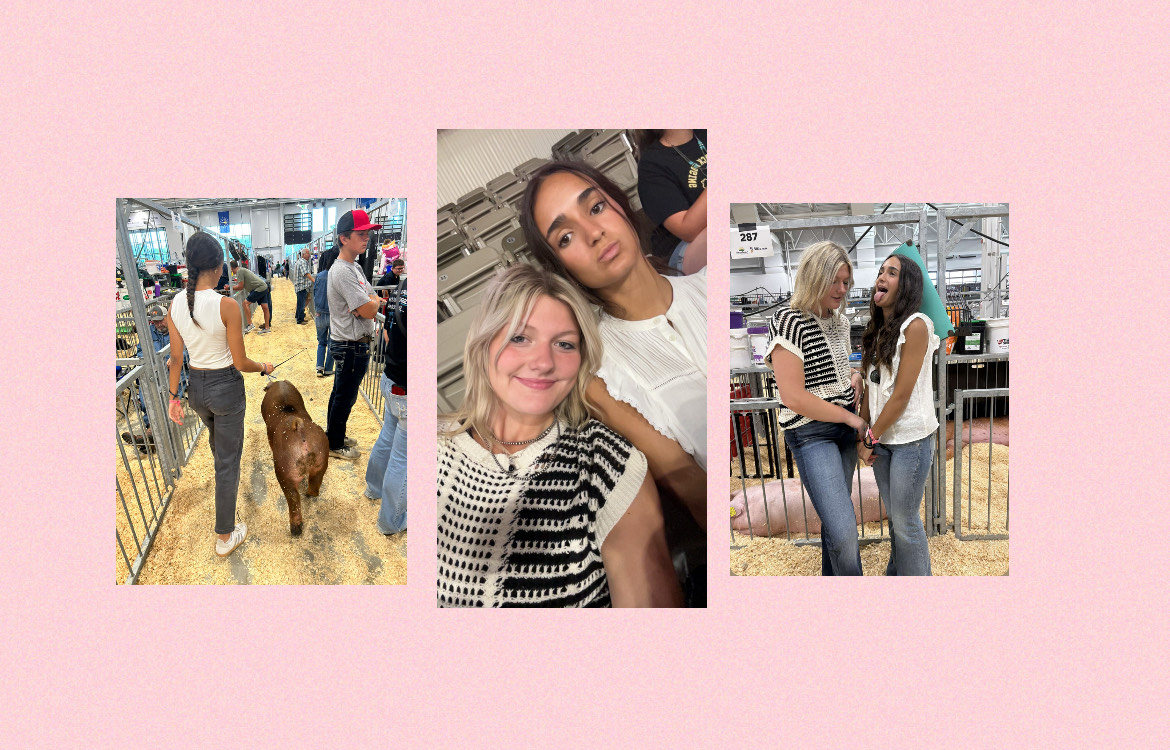
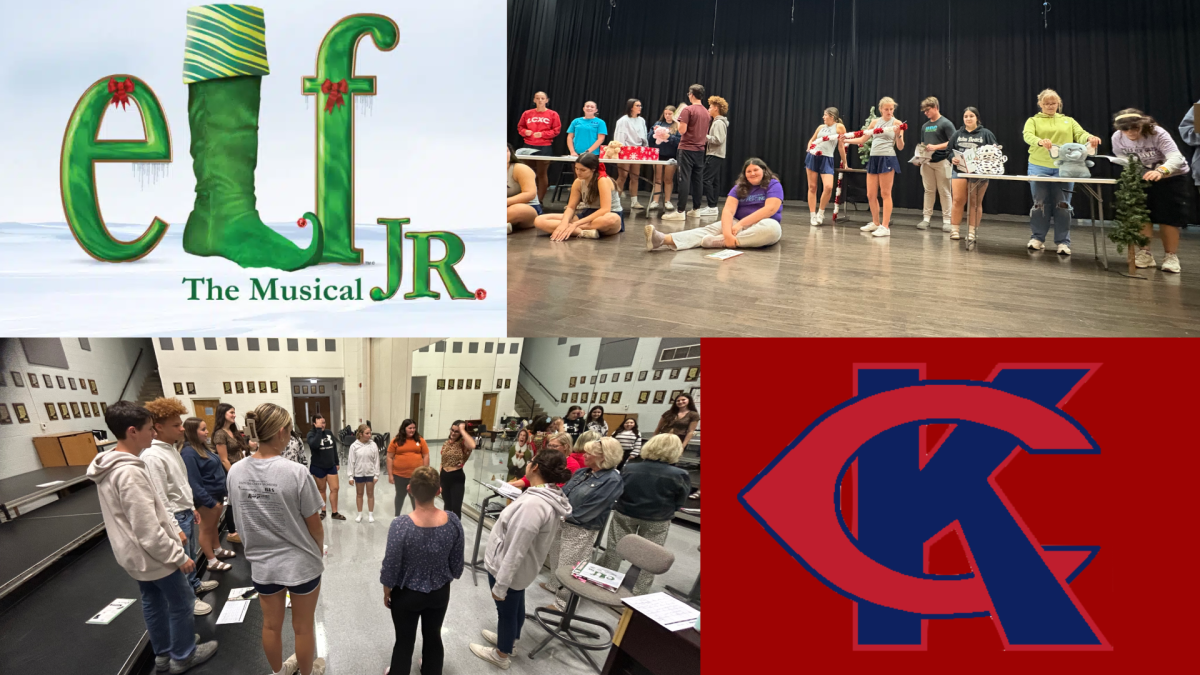
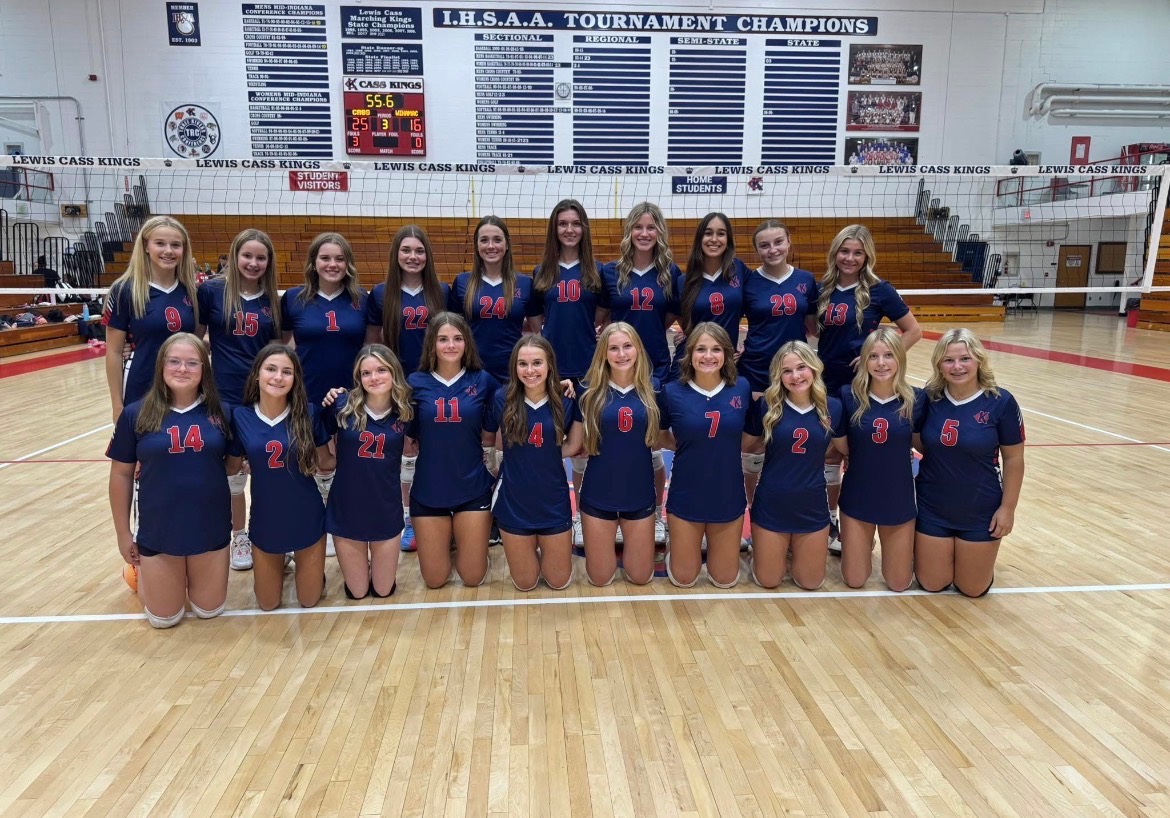
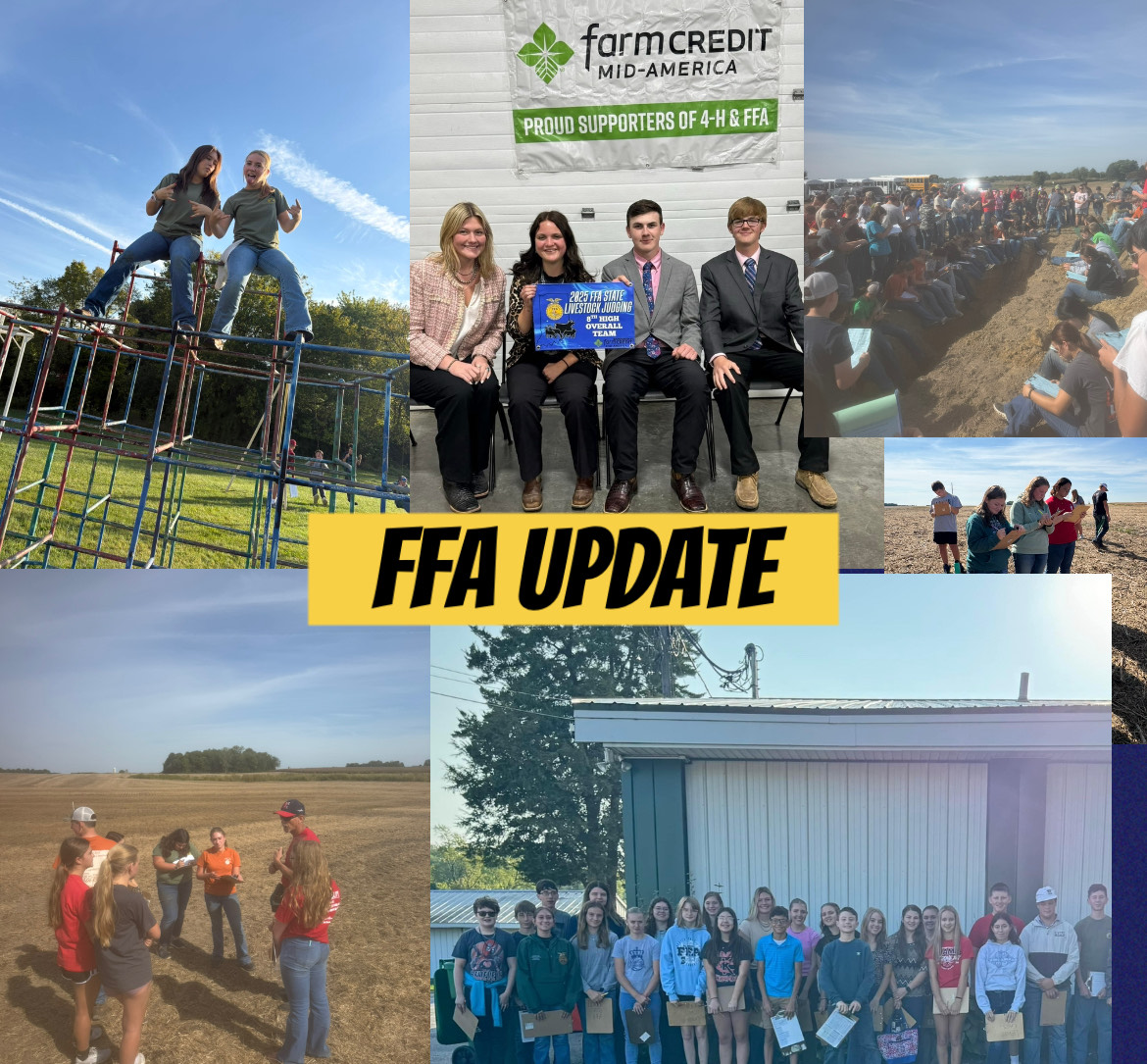
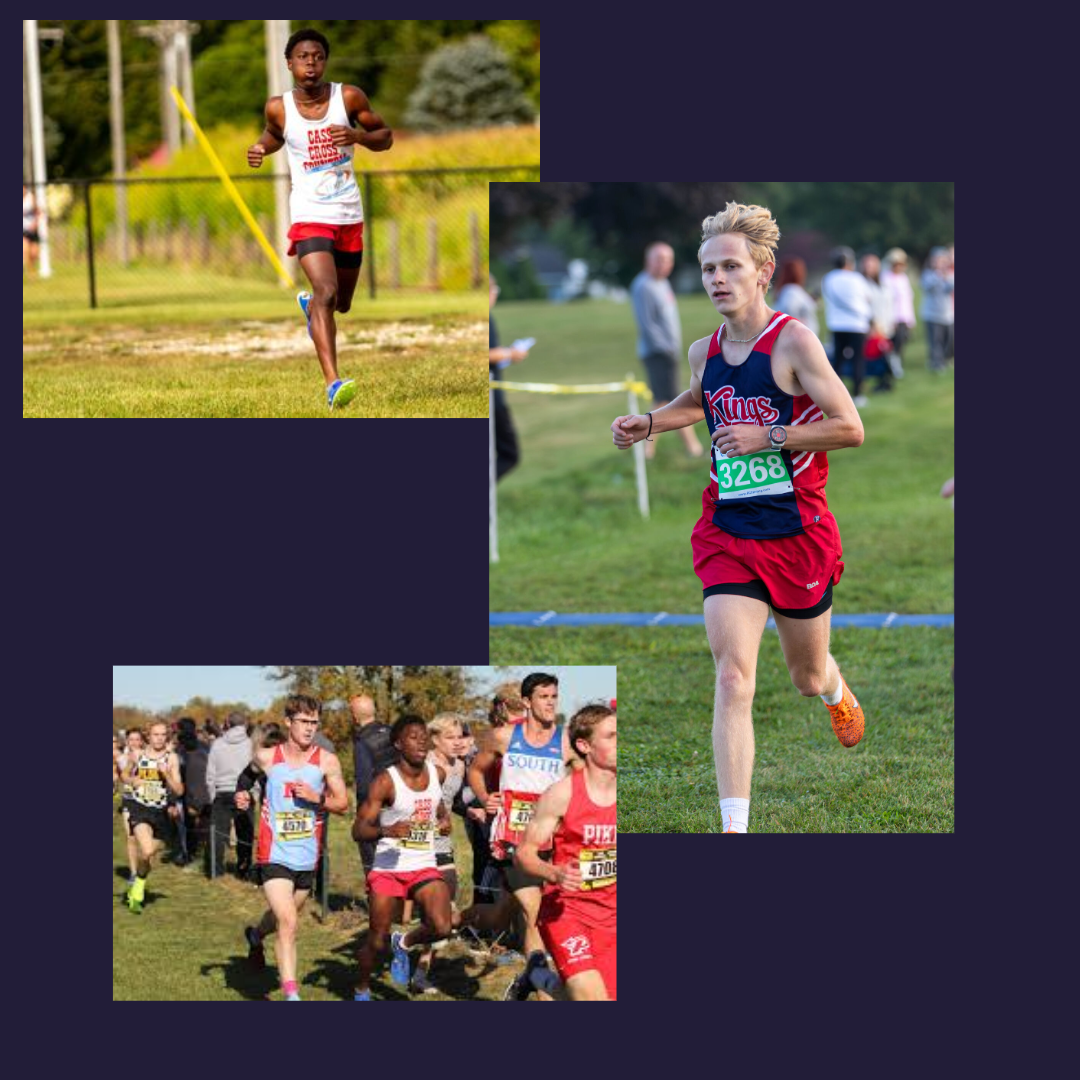
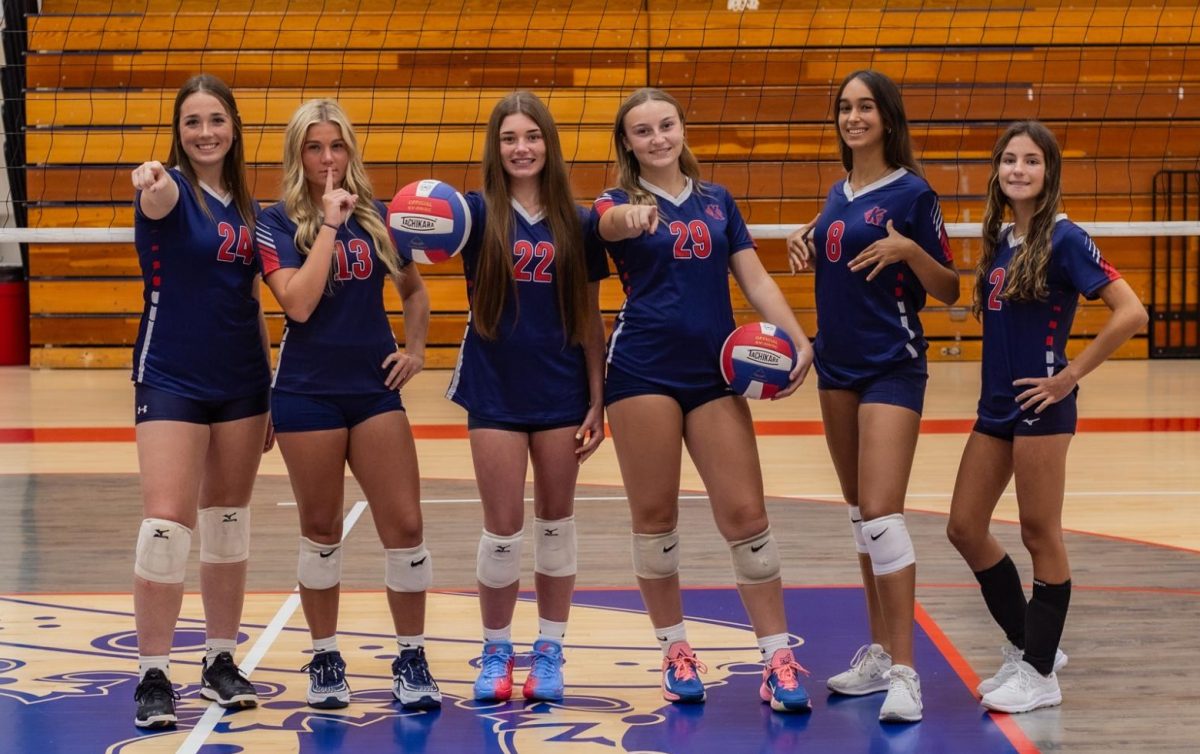
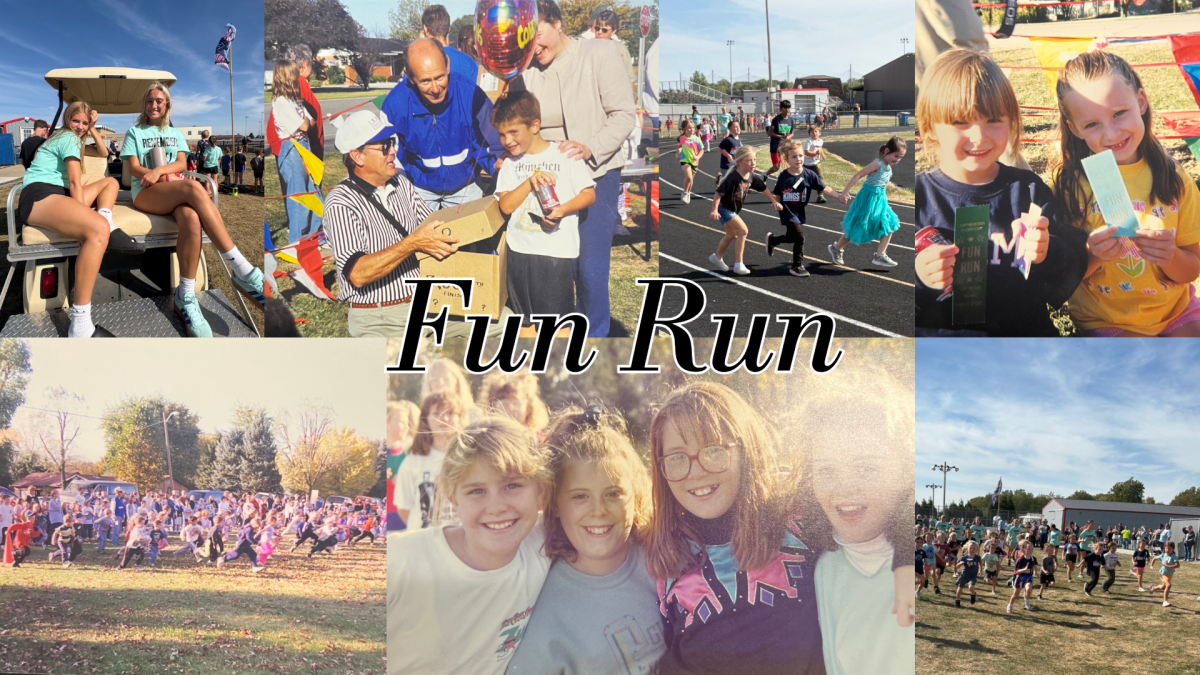

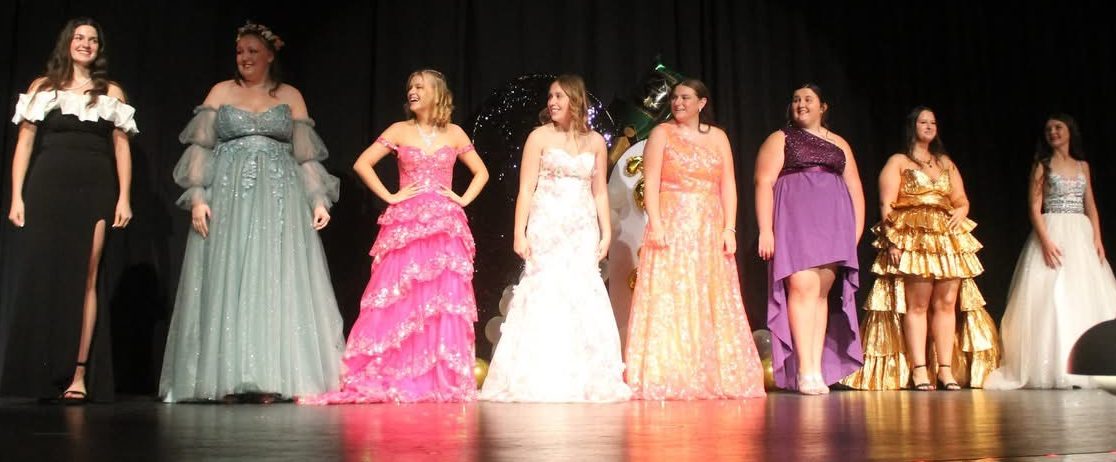


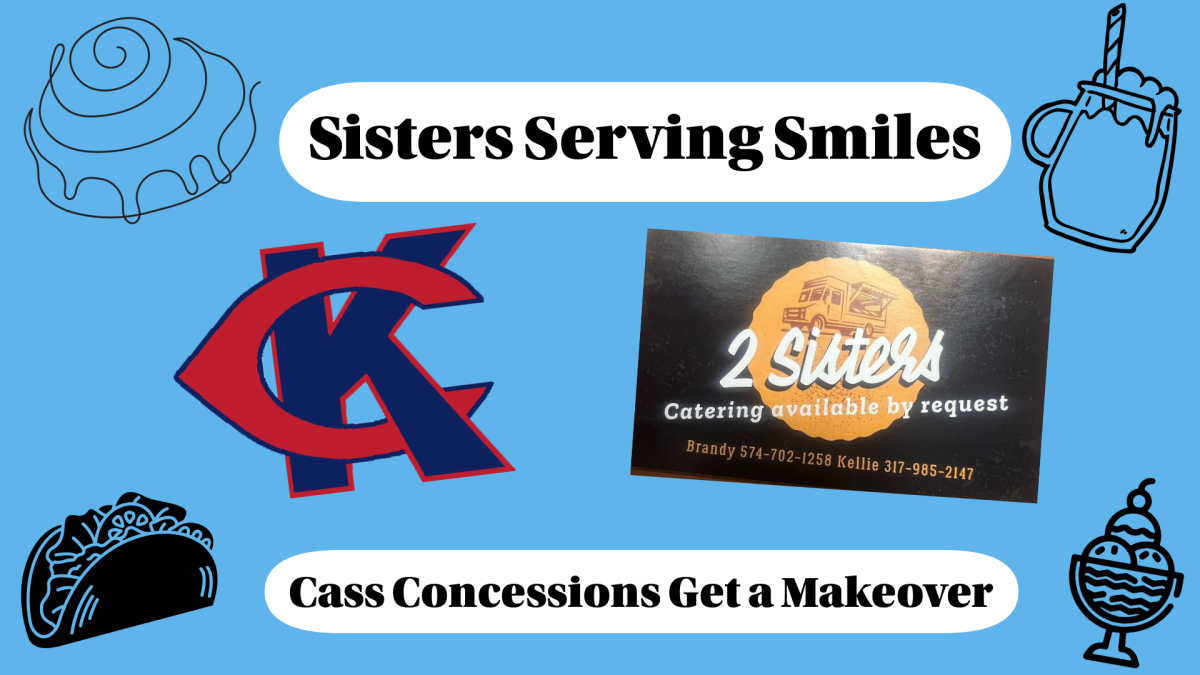
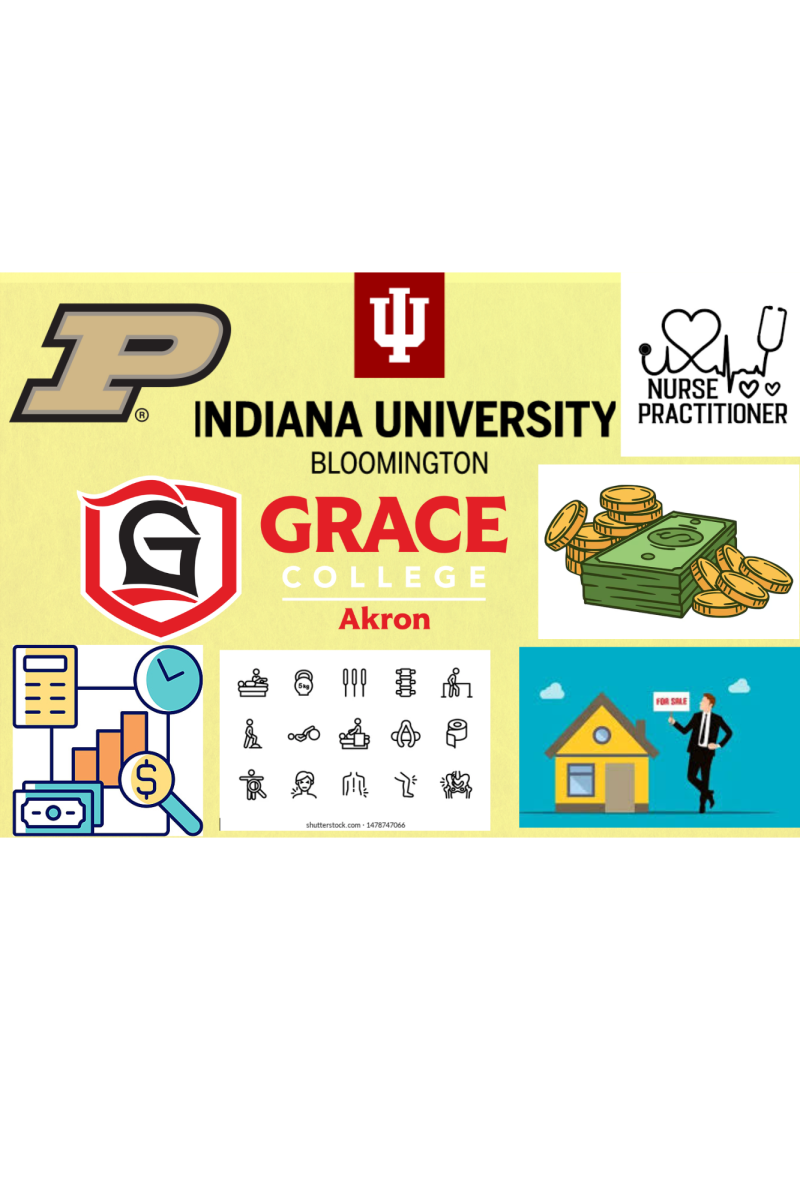
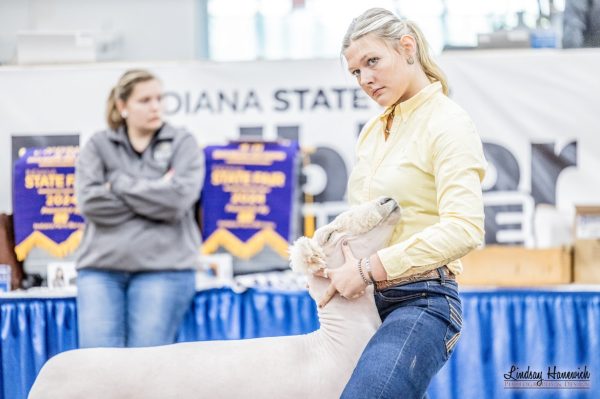
Case Morehouse • Aug 14, 2025 at 4:23 pm
Great article, Alexis Nicole Gotshall!